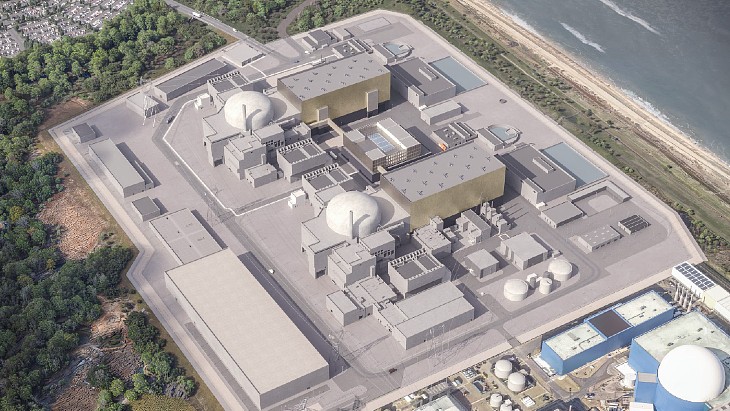"We have completed a very important modernisation procedure," said Yuri Sviridenko, project manager of the Rosatom team that undertook the work. "We hope that the result of our joint efforts will further improve the safety of the nuclear power plant and extend its service life until 2026, and in the future for another 10 years."
Known as Armenian 2, the country's only operating nuclear power reactor is sited at Metsamor, 30 km from the capital Yerevan. It generates up to one-third of the country's electricity and is seen as a vital national asset. The director general of the plant, Eduard Martirosyan described it as, "a guarantee of our security and the development of the Armenian economy."
As the heart of a nuclear power plant and one of only a few non-replaceable components, the performance of a reactor pressure vessel is critical to the safe operation of the power plant. Over years of operation, atoms in the metal gradually migrate out of their original crystal structure, leading to a reduction in strength. Annealing is a process that heats the metal to a level at which it recrystallises, restoring most of its original strength. Rosatom said annealing can restore up to 80-85% of a reactor vessel's original performance.
Because the reactor vessel cannot be moved, all the equipment for this procedure - a machine as tall as a two-storey house - had to be assembled in the reactor hall of the power plant. There, the machine heated the vessel to 475°C, and maintained the temperature for 150 hours letting it slowly cool. The whole process took ten days.
The work was carried out by a team from across the Russian industry. Rosenergoatom subsidiary Atomenergoremont performed the annealing work together with a team including experts from construction firms OKB Gidropress and TsNIIKM Prometheus, steel experts TsNIITMASH, and the Kurchatov Institute. It was organised by Rusatom Service, a subsidiary of Rosatom, in collaboration with staff of the Armenian NPP.

.jpg)



_42372.jpg)
_37521_70699.jpg)


_76087_55556.jpg)



